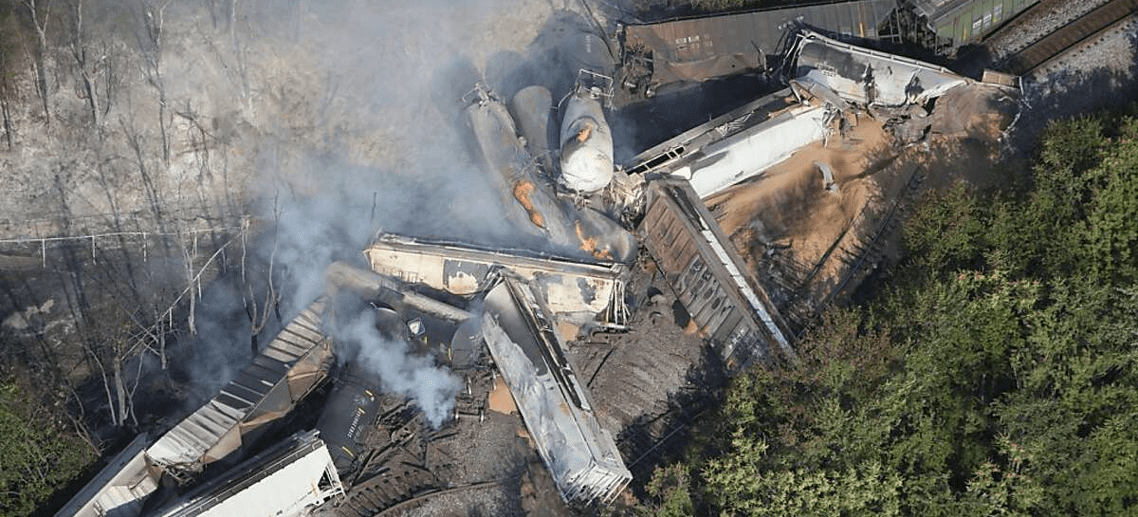Long-Term Impact on Chemical Explosion in Ohio

On the morning of August 24th, 2021, the small town of West Palestine, Ohio, was rocked by a massive chemical explosion. The explosion occurred at the local chemical plant, which was responsible for producing a variety of industrial chemicals. The blast was felt for miles around, and it caused extensive damage to the surrounding area. But the most significant impact of the explosion is Long-term likely to be on the environment and the health of the local population.
The explosion released a significant amount of hazardous chemicals into the air and surrounding environment. The exact nature of the chemicals that were released is not yet known, as the investigation is ongoing. However, it is believed that the plant produced a range of industrial chemicals, including ammonia, hydrochloric acid, and chlorine gas. These chemicals are known to be highly toxic, and exposure to them can cause a range of health problems.
Ammonia is a colorless gas with a pungent odor. It is widely used in the production of fertilizers, as well as in refrigeration and air conditioning systems. Ammonia is highly toxic and can cause severe respiratory problems, including coughing, wheezing, and shortness of breath. It can also cause skin and eye irritation and can lead to chemical burns.
Hydrochloric acid is a strong acid that is widely used in industrial processes, including metal processing and cleaning. Exposure to hydrochloric acid can cause severe skin and eye irritation, as well as respiratory problems, including coughing, wheezing, and shortness of breath.
Chlorine gas is a yellow-green gas with a pungent odor. It is widely used in the production of a range of industrial chemicals, including PVC and pesticides. Exposure to chlorine gas can cause severe respiratory problems, including coughing, wheezing, and shortness of breath. It can also cause eye and skin irritation and can lead to chemical burns.
In addition to these chemicals, it is likely that the explosion also released a range of other toxic substances into the environment. These may include heavy metals, such as lead and mercury, as well as other volatile organic compounds (VOCs). These substances can have a range of harmful effects on the environment and human health.
The most immediate impact of the explosion is likely to be on the health of the local population. Anyone who was in the vicinity of the explosion at the time is likely to have been exposed to a range of hazardous chemicals. This exposure could cause a range of health problems, including respiratory problems, skin and eye irritation, and chemical burns.
In the longer term, the environmental impact of the explosion could be even more significant. The chemicals released into the environment could contaminate the soil and waterways in the surrounding area. This contamination could have a range of harmful effects on the local ecosystem, including killing wildlife and damaging plant life.
In addition, the chemicals could potentially enter the food chain, as they are absorbed by plants and animals. This could lead to the contamination of local food sources, which could have serious health implications for the local population.
The environmental impact of the explosion is likely to be felt for years to come. The long-term effects of exposure to hazardous chemicals can be difficult to predict, and it may be some time before the full extent of the damage is understood.
It is clear that the explosion in West Palestine, Ohio, is a stark reminder of the dangers of the chemical industry. The production and use of hazardous chemicals are an essential part of modern life, but they also pose significant risks to the environment and human health.
It is vital that steps are taken to reduce these risks and ensure that incidents like the one in West Palestine do not occur again. This includes better regulation of the chemical industry, improved safety standards, and increased transparency around the chemicals that are produced and used.



